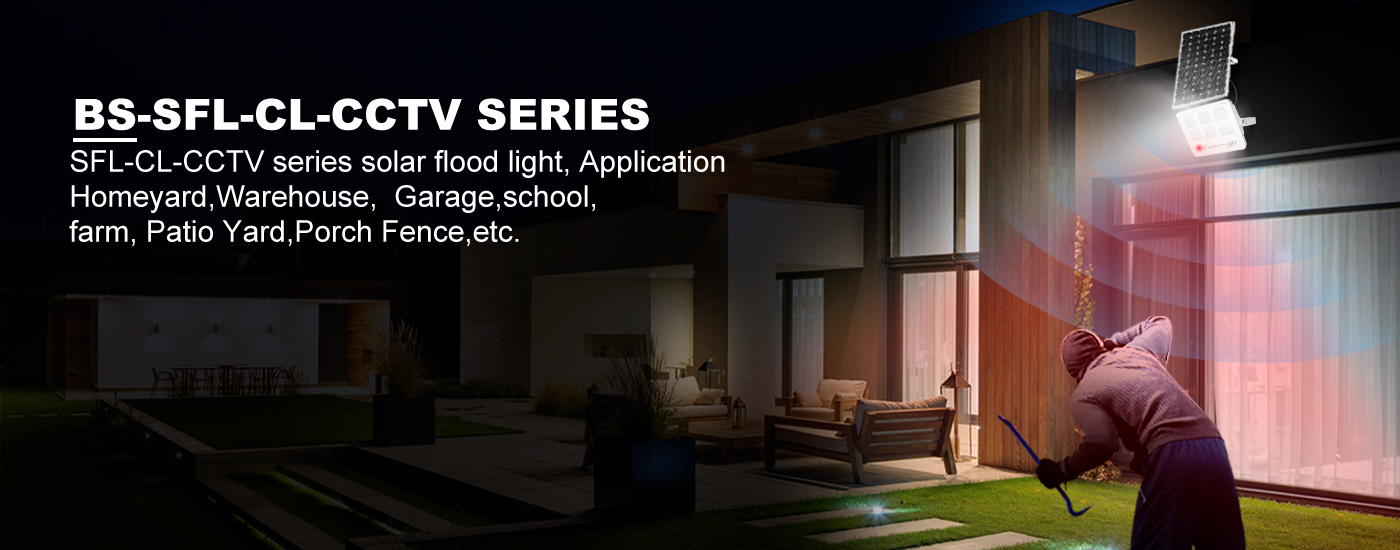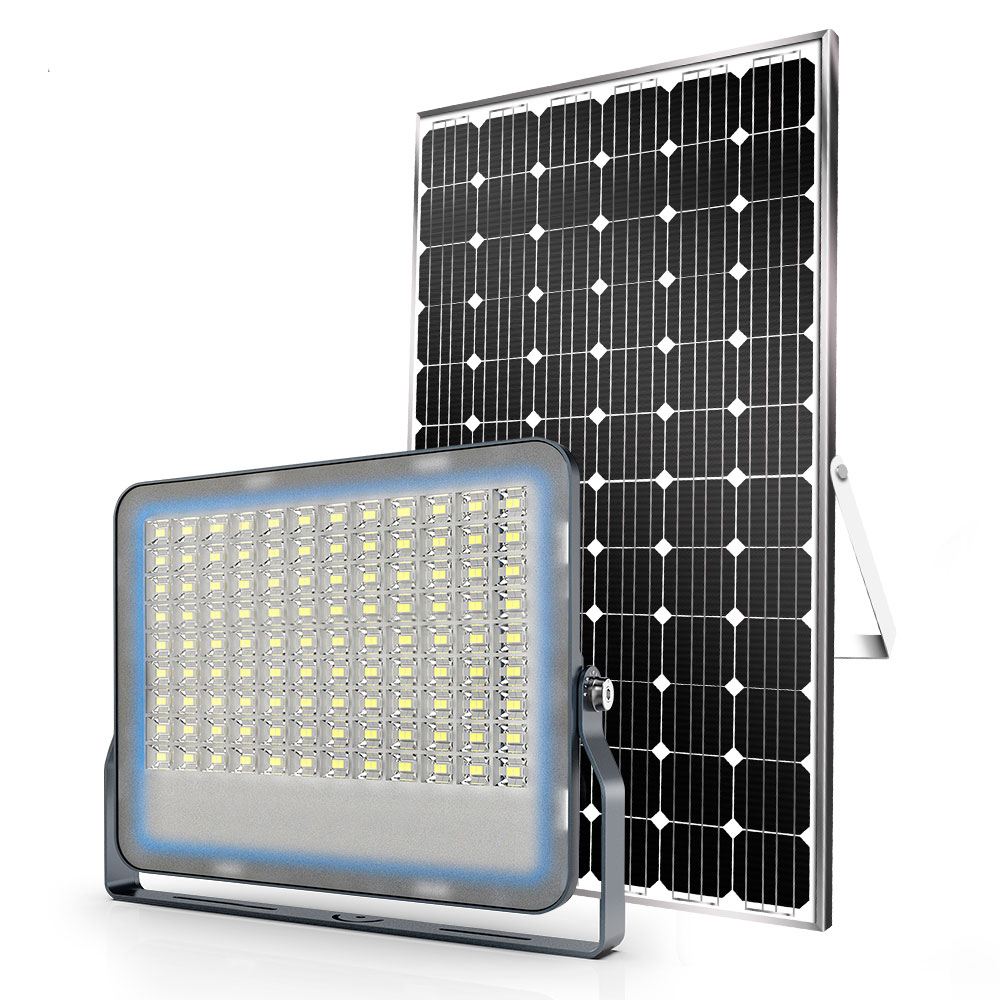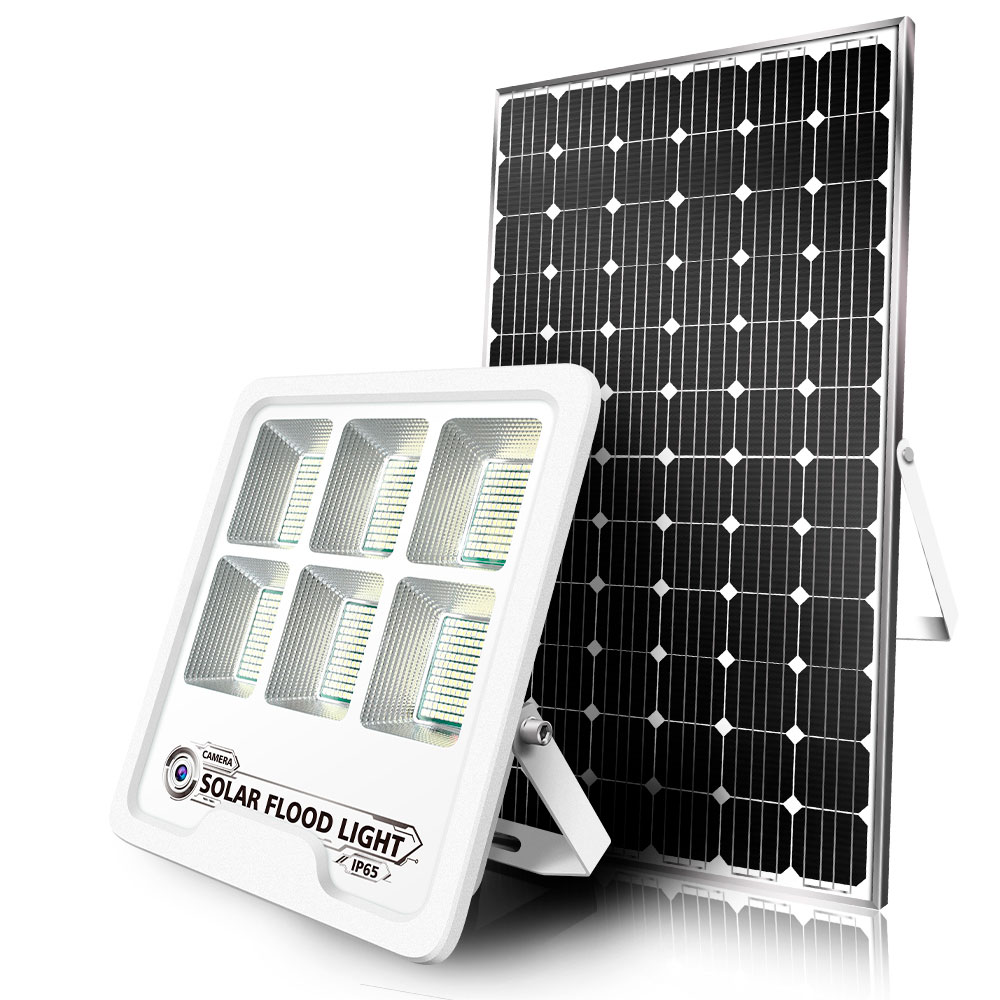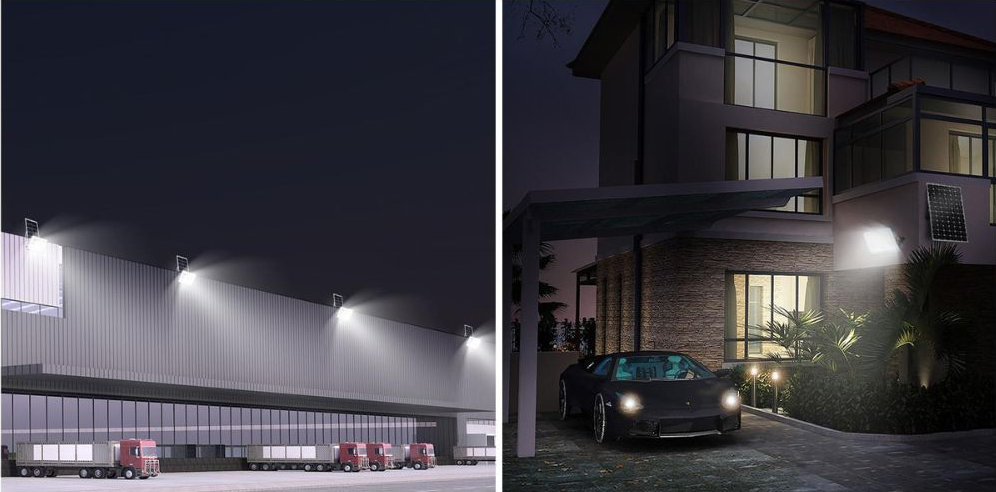Solar Flood Light
-
Advantages of Solar Flood Lights with Motion Sensor
- Energy Efficiency
- The motion sensor activates the light only when movement is detected, conserving battery power.
- Lights operate at full brightness only when needed, reducing energy waste.
- Extended Battery Life
- By staying dim or off when no motion is detected, the system extends the battery’s lifespan, especially useful during cloudy days or winter.
- Enhanced Security
- Sudden lighting deters potential intruders and alerts property owners or security personnel.
- Ideal for residential areas, parking lots, warehouses, and pathways.
- Easy Installation
- No wiring or trenching required.
- It can be mounted on walls, poles, or fences with minimal tools.
- Eco-Friendly & Cost-Effective
- 100% solar-powered—no electricity bills.
- Sustainable choice with zero carbon emissions and low maintenance.
- Smart Lighting Control
- Many models come with adjustable settings for sensitivity, duration, and brightness.
- Adaptive lighting enhances usability in diverse environments.
- Versatile Applications
- Perfect for homes, pathways, garages, construction sites, rural roads, and more.
- Functional in both urban and off-grid locations.

-
Application of Outdoor Solar Flood Light Fixtures
- Sports Fields & Stadiums
- Illuminate large outdoor areas such as football grounds and basketball courts
- Provide high-lumen lighting with motion detection or timed operation
- Parking Lots & Driveways
- Enhance safety and visibility
- Reduce installation costs with no trenching or wiring needed
- Residential Yards & Gardens
- Accent landscaping features while improving nighttime security
- Automatic dusk-to-dawn operation ensures convenience
- Commercial & Industrial Zones
- Light up warehouses, loading docks, and perimeter fences
- IP65 waterproofing ensures durability in harsh environments
- Construction & Mining Sites
- Offer temporary, movable lighting in remote or rugged areas
- No external electricity source required
- Advertising Billboards & Signboards
- Highlight signage with directional, high-brightness lighting
- Reliable performance even in power outages
-
Why choose BOSUN® as your solar-powered flood lights supplier?
- Choosing BOSUN® as your solar-powered flood light supplier means choosing performance, reliability, and innovation. With top-tier components, smart energy-saving features, expert engineering support, and a track record of global success, BOSUN® delivers not just lights, but complete, worry-free lighting solutions tailored to your project needs. For powerful illumination with lasting value, BOSUN® is your trusted partner in solar lighting.
-
FAQs About Solar Flood Lights
- What is a solar flood light?
- A solar flood light is a high-intensity, wide-angle outdoor light powered by solar energy. It uses a solar panel to charge an internal battery during the day and provides illumination at night.
- Do solar flood lights work on cloudy or rainy days?
- Yes, but performance may vary. High-quality models with efficient solar panels and large battery capacity can still function well with less sunlight, though brightness and runtime may be reduced.
- How long do solar flood lights stay on at night?
- Most solar flood lights operate for 8–12 hours when fully charged. Some come with motion sensors or light control settings to extend battery life.
- Where should I install my solar flood light?
- Place it in an area that gets at least 6–8 hours of direct sunlight during the day. Ideal for walls, poles, fences, gardens, driveways, or parking lots.
- How do motion sensor solar flood lights work?
- They use infrared or PIR sensors to detect movement and automatically brighten the light. This saves energy and enhances security.
- How do I maintain my solar flood light?
- Regularly clean the solar panel surface to remove dust or debris. Check for water accumulation or battery issues every few months.
- Can I use solar flood lights in commercial projects?
- Absolutely. BOSUN’s high-lumen, durable solar flood lights are widely used in stadiums, signage, industrial zones, resorts, and public spaces.






